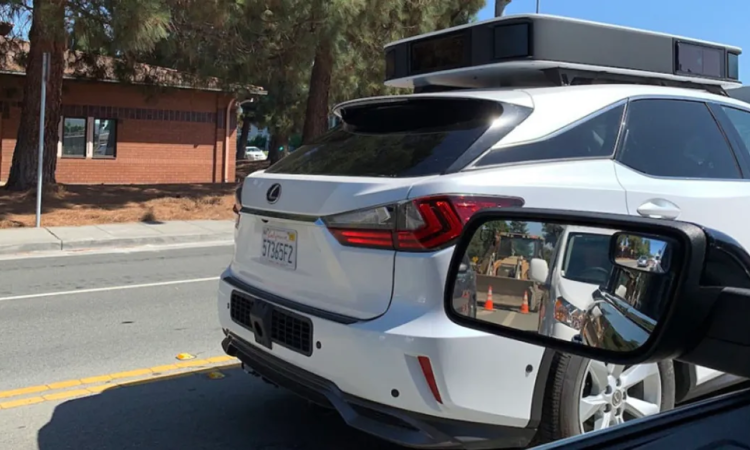
The gear expected to quantify 1,000,000 good ways from sensors to surface focuses is a LiDAR framework. This trend-setting innovation works quickly as it can compute the distance between the LiDAR sensors and their objective.
LIDAR is the abbreviation for Light Detection and Ranging. A laser framework permits estimating the distance between the discharge of that laser to an item or surface. The thought behind LiDAR is fundamental: point a tiny laser at a surface and measure the time it takes for the laser to get back to its source.
LiDAR frameworks beat a laser light from different versatile frameworks (vehicles, planes, drones, and so on) through air and vegetation (airborne laser) and even water (bathymetric laser). A scanner gets the light back (echoes), estimating distances and points. The filtering speed impacts the number of focuses and echoes that are evaluated by a LiDAR framework. In this way, selecting optics and scanners altogether influence the goal and reach over which the LiDAR framework can be worked. Be that as it may, the LiDAR rule is relatively straightforward:
- Discharge a laser beat on a surface.
- Traps the reflected laser back to the LiDAR beat source with sensors.
- Measures the time the laser voyaged
- Ascertains the separation from the source with the equation “Distance = (Speed of light x Elapsed time)/2
- This cycle is rehashed multiple times by LiDAR instruments and creates a perplexing guide of the studied region known as a 3D point cloud.
The utilization of LiDAR is, for the most part, in the realm of geodesy: the investigation of the geography that builds up the shape and size of a surface and through which the guides we as a whole need to utilize can be planned. We can right now see these kinds of sensors in the production of independent vehicles.
This is because of a company whose name is somewhat semi-secret: ‘Velodyne,’ which was established in 1983. They were committed to making speakers. However, the contest in China caused its originator, David Hall, to search for something more driven. They likewise played robots for some time on a British TV show: their robot Drillzilla acquired notoriety. Yet, it was in 2004; they saw the capability of independent driving inseparably from the tactical circle.
Following a rivalry to configuration desert vehicles supported by the Defense Advanced Research Projects Agency sowed the seed for Velodyne LiDAR. A van was furnished with a GPS and camera framework that didn’t win the opposition but set the vibe for what Hall needed to do.
In Silicon Valley, Velodyne names three innovation organizations dependent on robust frameworks, answers for the Navy, and a lidar company. Lidar company has situated itself as the leading supplier of these frameworks that empower autonomous vehicles to see their environmental elements precisely. Also, Velodyne is the leading provider of LiDAR and offers its sensors to essentially every vehicle and innovation company building or testing autonomous vehicles.
Breaking down the disappointments of different models, it concocted the fundamental advancement of Velodyne’s unique LiDAR: terminating 64 lasers radiates in a 360-degree clear around the vehicle. It was a triumph.

